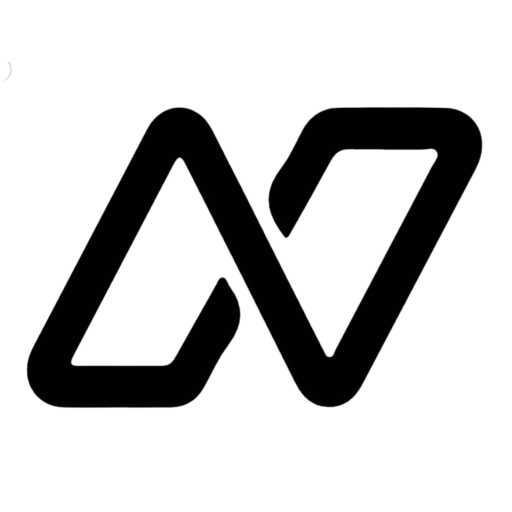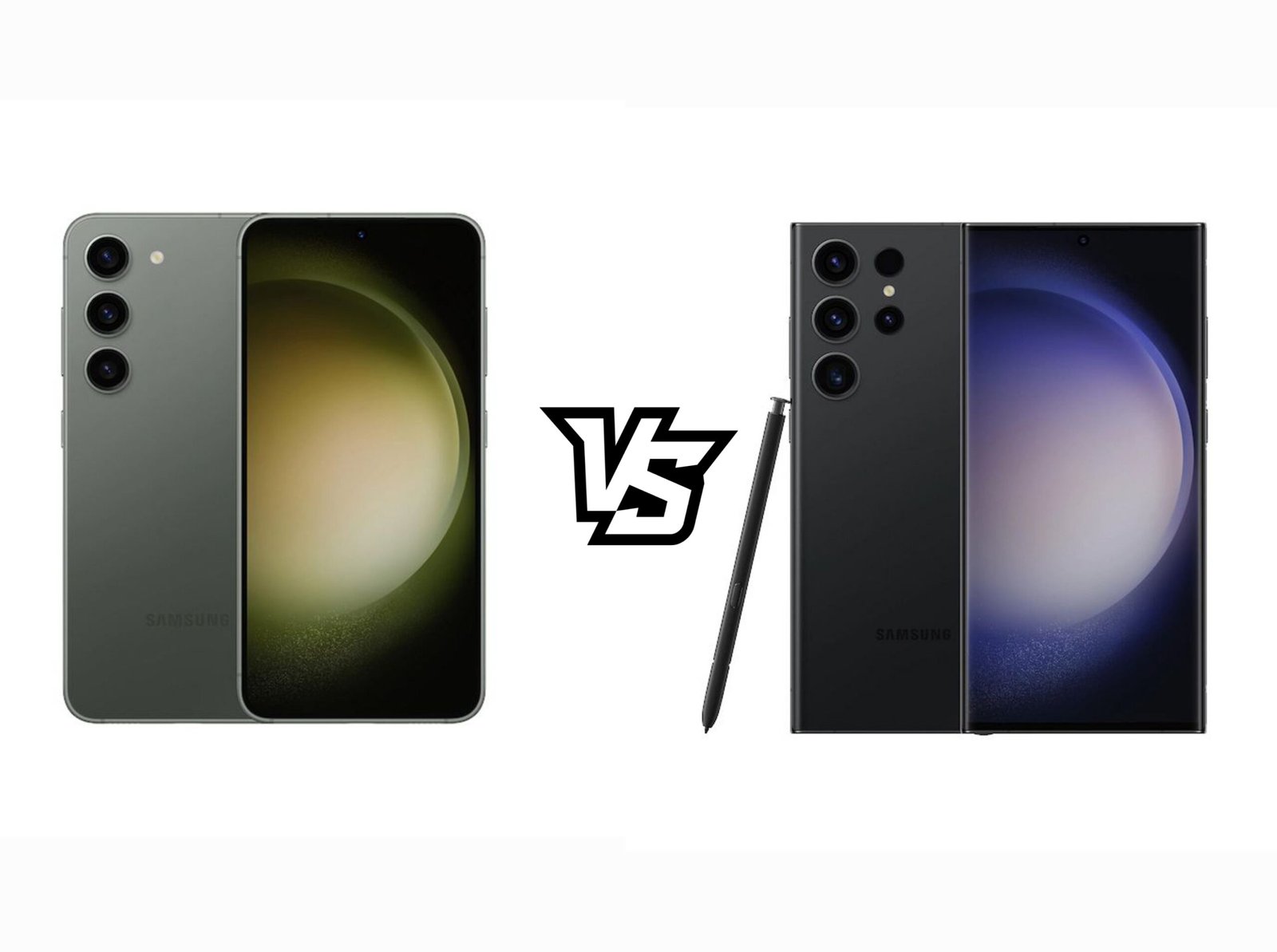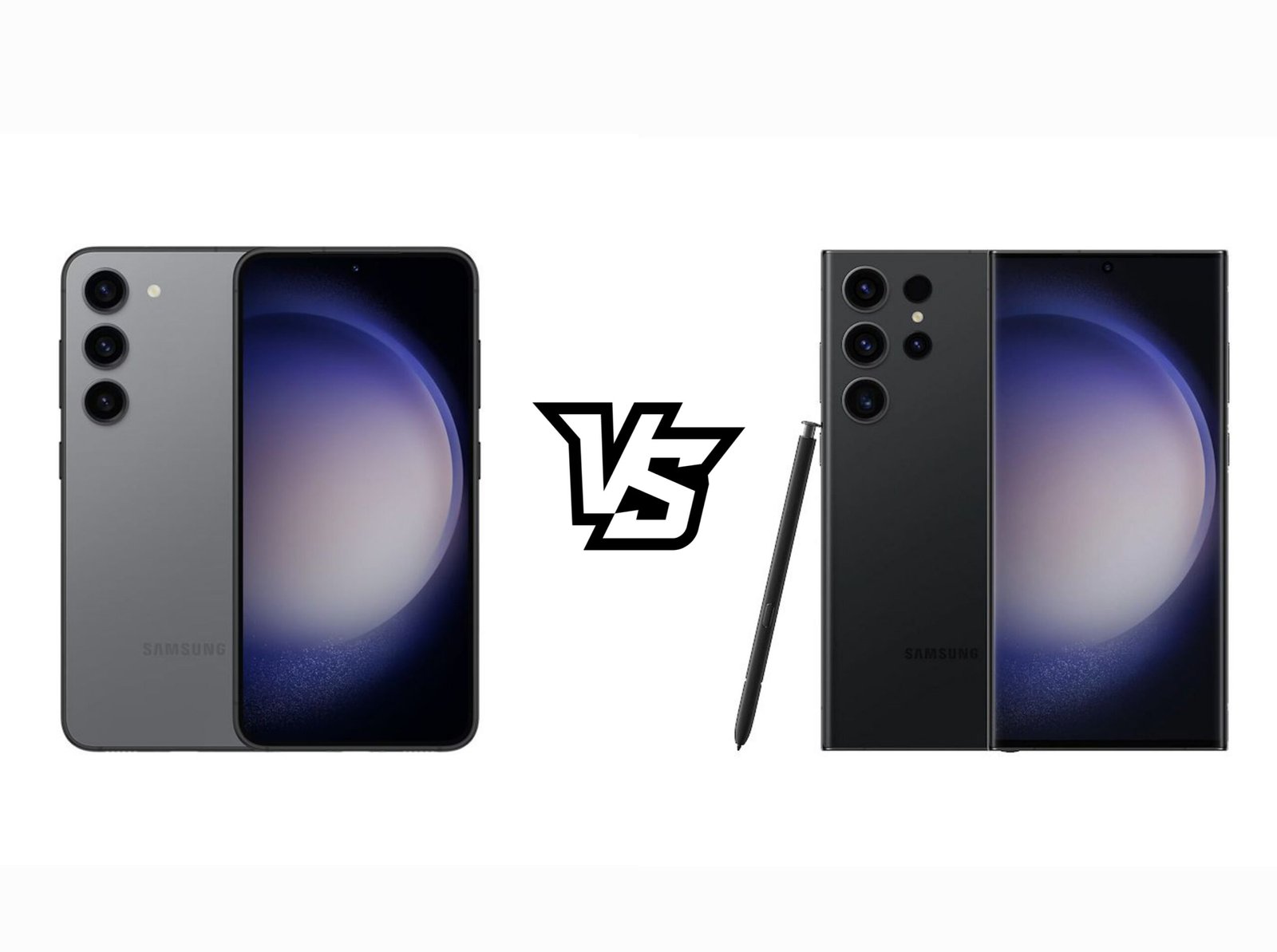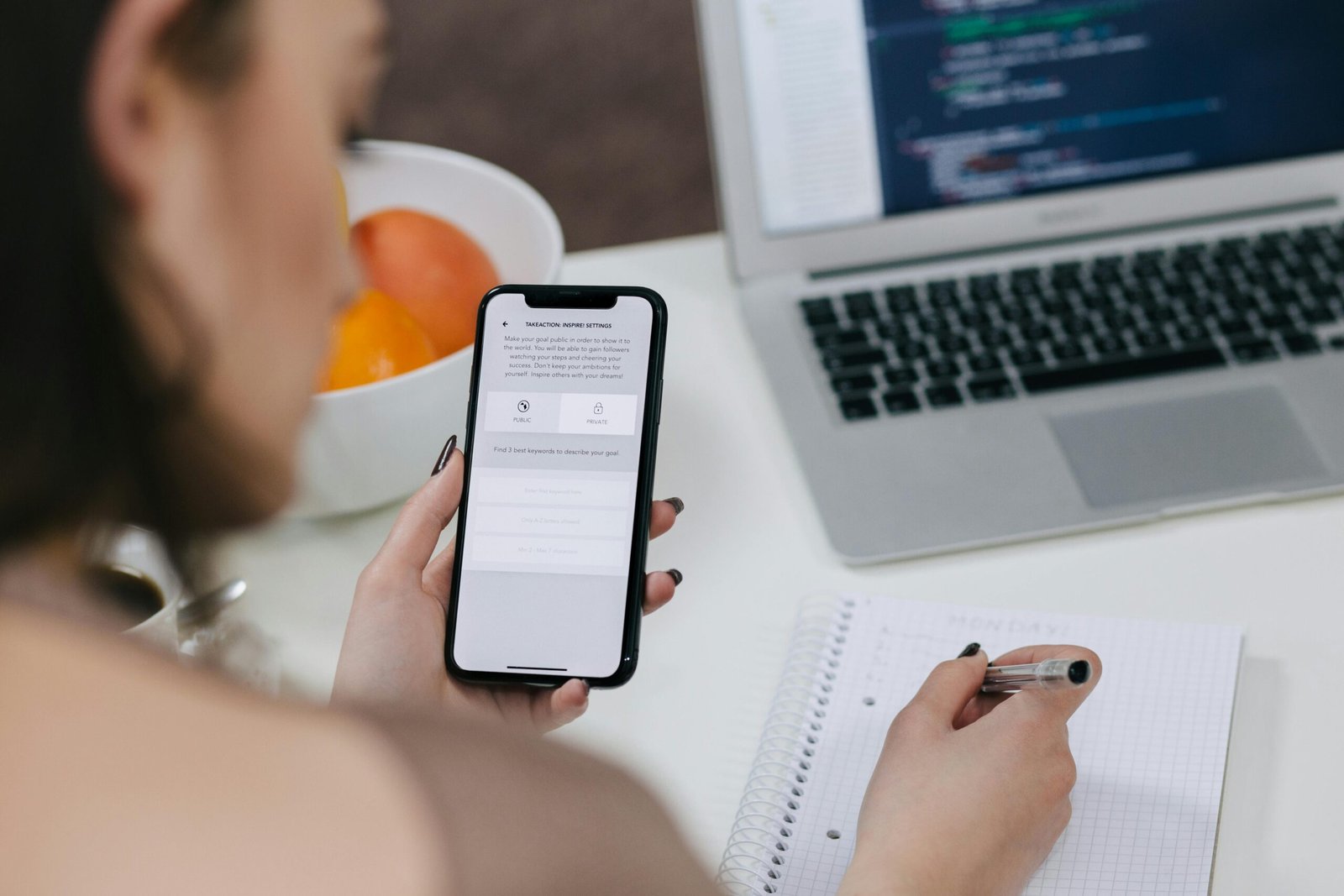The TCL 40 NXTPAPER might not immediately stand out as a remarkable device at first glance. Priced at $200, it falls into the category of budget Android phones, boasting specifications like a 5000mAh battery, a 50-megapixel main camera accompanied by a 5-megapixel ultrawide and a 2-megapixel macro lens, and powered by a Mediatek G88 processor with 8GB of RAM and 256GB of storage. Its design is simple and unassuming, featuring a squared-up shape and a solid blue color with subtle sparkles. However, what truly sets this phone apart is its unique screen technology.
The standout feature of the TCL 40 NXTPAPER is its display. Sporting a 6.78-inch flat 1080p panel with a refresh rate of 90Hz, the screen appears conventional at first glance. However, upon closer inspection, it becomes evident that this display offers something entirely different – a reflection-free experience. Dubbed the NXTPAPER, TCL incorporates a full-color electronic paper display, which aims to replicate the appearance of traditional paper while delivering a visually pleasing and eye-friendly experience.
What sets the NXTPAPER apart is its ability to eliminate reflections entirely, or almost entirely. Unlike traditional smartphone screens that often suffer from glare and reflections, the matte finish of the NXTPAPER ensures that users can view the display from any angle without encountering distracting reflections. This feature not only enhances usability but also reduces eye strain, making it more comfortable for extended use.
The NXTPAPER display aims to mimic the benefits of e-paper technology found in devices like Kindle e-readers. While not utilizing actual e-paper technology, the display employs an LCD panel with textured glass and software optimizations to simulate a paper-like experience. This approach effectively minimizes eye fatigue and provides excellent readability under various lighting conditions.
One of the most notable advantages of the NXTPAPER display is its feel. The textured glass surface offers a unique tactile sensation, reminiscent of handling a physical book or newspaper. Additionally, the display incorporates measures to reduce blue light emission, further enhancing eye comfort during prolonged use.
Despite its innovative design, the NXTPAPER display does have some limitations. The additional layers required to achieve its anti-reflective properties result in reduced brightness and sharpness compared to traditional smartphone displays. At maximum brightness, the screen may appear dim outdoors, and text and images may lack the crispness expected from a 1080p resolution.
Furthermore, the display’s contrast ratio may not meet the standards of higher-end smartphones, resulting in less vibrant visuals. Additionally, the presence of extra layers on the display makes it impractical to use traditional screen protectors, limiting customization options for users.
In conclusion, the TCL 40 NXTPAPER offers a unique take on smartphone display technology with its reflection-free and paper-like screen. While it excels in providing a comfortable viewing experience with minimal eye strain, it does come with trade-offs in terms of brightness, sharpness, and contrast. Despite its innovative features, the NXTPAPER display may appeal to a niche audience, and its adoption by other smartphone manufacturers remains limited for now. However, for users seeking a distinctive and eye-friendly smartphone experience, the TCL 40 NXTPAPER presents a compelling option.




